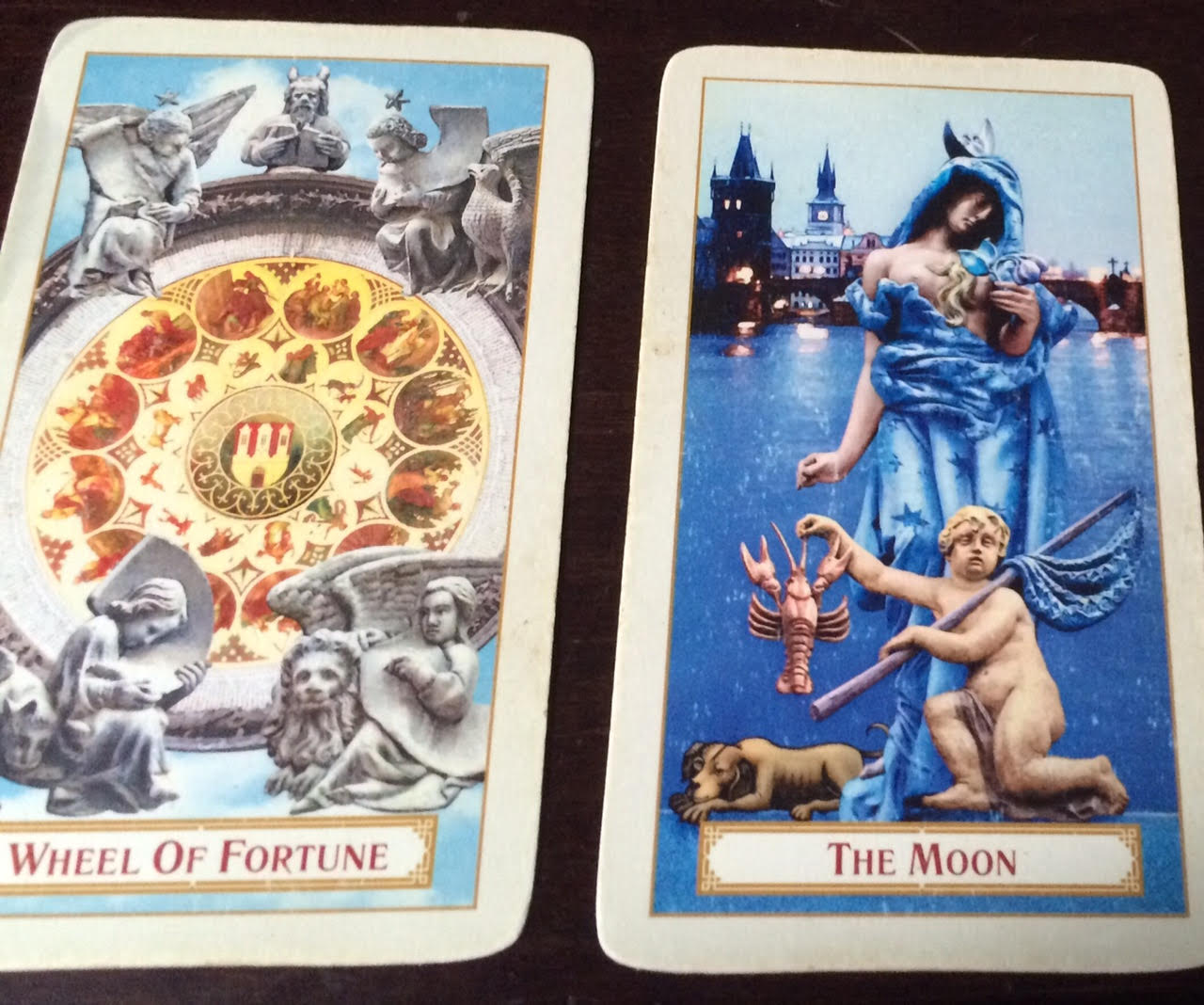Many Welsh people wear one or both of the National symbols of Wales to celebrate St. David: the daffodil (a generic Welsh symbol) or the leek (Saint David’s personal symbol) on March 1. The association of leeks with St. David arises from an occasion when a troop of Welsh soldiers were able to distinguish each other from a troop of the English enemy dressed in similar fashion by wearing leeks. Leek soup is also a popular dish on March 1.
The word leek comes from the Anglo-Saxon name for the plant, leac. The leek, like its relatives the onion and garlic, has been known as a food plant for thousands of years. Over 1,200 years before Christ, the Israelites in the Sinai wilderness longed for the leeks, onions, garlic, meat and other foods they had known in Egypt (Numbers 11:4-6).
The emperor Nero ate great quantities of leeks under the delusion that they improved his voice.
Beginning in antiquity, soldiers of many centuries believed that carrying a leek in battle would assure safety and victory; this was probably why St. David told the Welsh soldiers to wear it.
Who was St. David of Wales? He is said to have been the primary evangelizer of Wales and as a member of Welsh royalty, he founded a Celtic monastic community at Glyn Rhosyn (“The Vale of Roses”) on the western headland of Pembrokeshire at the spot where St David’s Cathedral stands today. David’s fame as a teacher and ascetic spread throughout the Celtic world. The date of Saint David’s death is recorded as 1 March, but the year is uncertain – possibly 588.
Saint David was recognised as a national patron saint at the height of Welsh resistance to the Normans. Saint David’s Day was celebrated by Welsh diaspora from the late Middle Ages. Indeed, the 17th-century diarist Samuel Pepys noted how Welsh celebrations in London for Saint David’s Day would spark wider counter-celebrations amongst their English neighbors: life-sized effigies of Welshmen were symbolically lynched, and by the 18th century the custom had arisen of confectioners producing “taffies”—gingerbread figures baked in the shape of a Welshman riding a goat—on Saint David’s Day.
In 1485, Henry VII of England, whose ancestry was partly Welsh, became King of England after victory at the Battle of Bosworth Field; Henry was the first monarch of the House of Tudor and this dynasty added a Welsh dragon to the royal coat of arms, a reference to the monarch’s origins.



